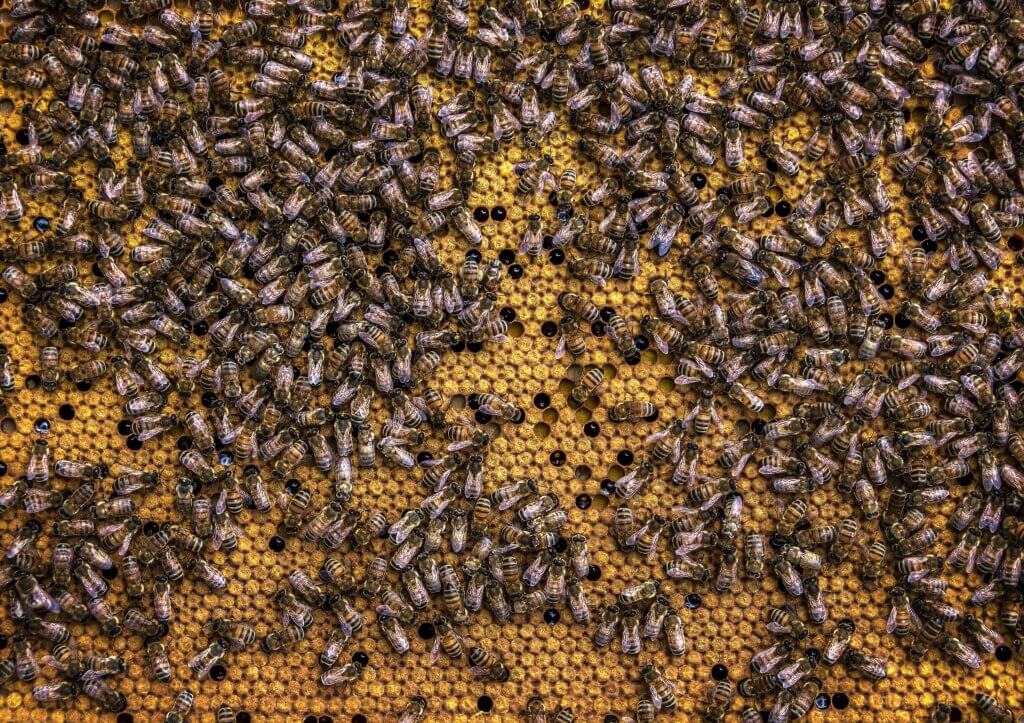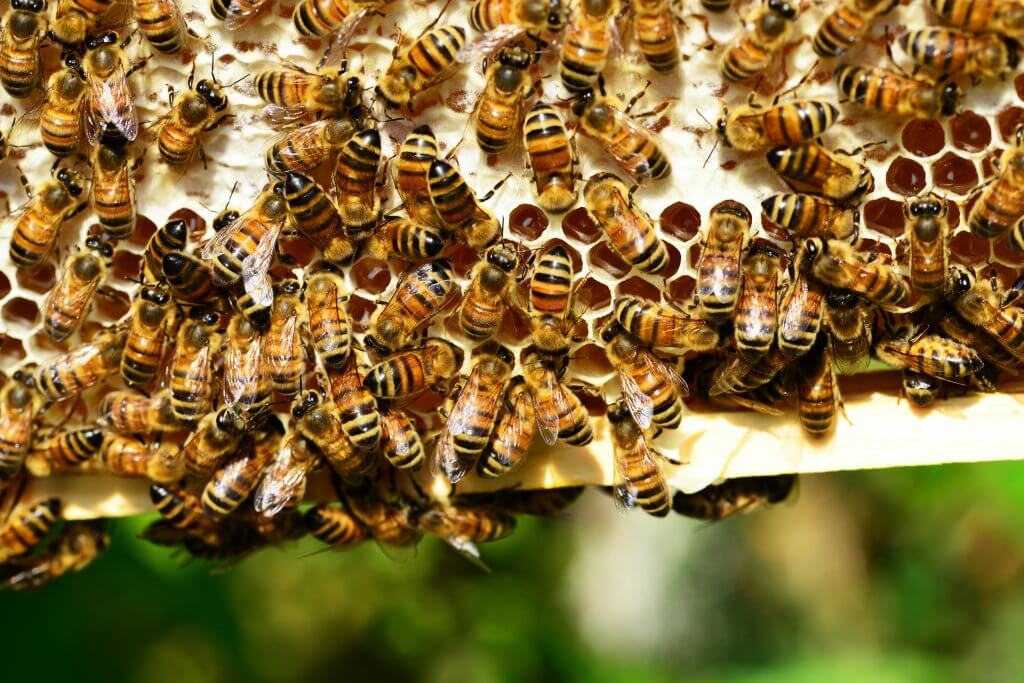 Items
Items



“Every journey starts somewhere, at some time,” explains Dr Thomas D. Seeley. “My scientific journey began in my boyhood home, which is a little valley called Ellis Hollow. It lies a few miles east of the small city of Ithaca, in New York State. The time was early June 1963, and I was not quite 11 years old. There were not many houses in Ellis Hollow back then, so not many people used the road that runs through this valley.”
“I enjoyed walking along slowly, looking and listening,” he continues. “The soft songs of hermit thrushes, veeries, and other forest birds floated out of the woods that sloped up Snyder Hill to the south. The bubbling chatters of bobolinks shot from the hayfields that tilted down toward Cascadilla Creek to the north.”
In fact, he says, “My first interest in bees came from watching a swarm move into a bee tree. I describe this in detail in the first chapter of my forthcoming book, called Bee Works – Solving 20 Mysteries about Honeybee Behaviour.”

As Dr Seeley explains, “the bees practice what political scientists call ‘representative democracy’. The scout bees function as representatives of all the swarm’s members.”
What can bees teach us about decision-making? As professor Seeley explains, “they provide us with a model of effective group decision-making. The key things that they do right (and that we can emulate) are what I describe as the 5 lessons for good group decision-making [in Chapter 10 of Honeybee Democracy].”
Lesson 1: Compose a decision-making group or community of individuals with shared interests and mutual respect.
Lesson 2: Minimize the leader’s influence on the group’s thinking.
Lesson 3: Seek diverse solutions to the problem.
Lesson 4: Aggregate the group’s knowledge through debate – use the power of a fair contest of ideas, in the form of a frank debate, to integrate the information that is dispersed among the group’s members.
Lesson 5: Use quorum for cohesion, accuracy, and speed.
We share these lessons here as a source of inspiration, as they can help us lead our own projects more effectively. Love the bees, love the planet!
Choose up to two answers

